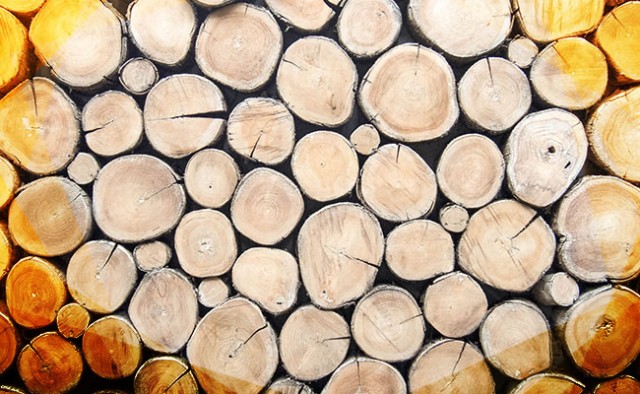
When you think of whittling, you might imagine an old man on a front porch in a rocking chair with wood shavings scattered at his feet, but whittling is a hobby that spans generations, genders, and skill levels. With relaxing motions and meditative effects, every day new people are discovering just what is so addictive about putting a blade to a block of wood. Whether you’re an avid carver or just curious about wood working, here are some whittling techniques and tips to keep in mind.
Wood

Soft, straight-grain woods work best for whittling because they are easier to cut and carve. You want to avoid using wood with lots of knots, as they can be challenging to work around. Basswood is one of the most common beginner woods to work with but pine, aspen, and balsa are also good options. You can find wood for whittling at your local craft store or carving supply store.
Grain

Grain refers to the growth lines, or the pattern of the wood fibers. Being aware of grain is an important factor of whittling, and something you will want to pay attention to as you make your cuts. You always want to carve with the grain, meaning in the same direction as the grain, or across the grain, meaning perpendicular to the grain. If you notice your wood shavings are curling, this is a good indication that you are cutting in the right direction.
Tools

Believe it or not, you don’t need an extensive set of tools to be a master whittler. In fact, some purist carvers will tell you that using a simple pocket knife is the only genuine way to whittle, and they might not be wrong. Pocket knives are portable and offer a variety of blade sizes, making them a great tool to carry with you. However, there are other options available out there. Fixed whittling knives don’t fold, but they are sturdier than traditional pocket knives and they feature a curved handle. The curved, handled knives give you a more comfortable fit and are ideal for avoiding soreness and fatigue during those long whittling sessions. If you are more advanced and are trying to achieve finer detail in your pieces, consider investing in a hooked knife. No matter what you are working with, remember that the sharpness of the tool is often far more important than the type of tool.
Basic Cuts

Straight Rough Cut – This is the cut that you will start out with when forming your piece. This cut is used to create the general shape you are trying to achieve.
Paring Cut – Also called the pull stroke or thumb cut, the paring cut looks similar to peeling a potato. This cut is the most used cut when whittling.
Levering Cut – Also called the push stroke or push-away cut, the levering cut is useful for those awkward positions that don’t allow for a paring cut.
V-Cut – This cut is great for adding detail to your wood, often used when creating the look of fur or hair. The V-Cut is also useful when cutting distinct lines to distinguish features.
Whittling Tips

-Make sure the wood you are using is dry. Wet wood can warp or crack when dried.
-If you are having trouble achieving good detail because your wood is either too hard or too soft, try applying a 50/50 mix of rubbing alcohol and water.
-Consider wearing carving gloves to prevent injury and avoid getting blood on your creation. If you refuse to wear carving gloves, think about wearing a thumb pad. If you don’t want to wear a thumb pad, at least protect your thumb under some layers of duct tape.
-Don’t rush. Make controlled cuts and remove wood in thin layers or risk tearing the wood and leaving ugly marks behind.
-If you want to keep your hands free when whittling, use a device like a clamp or vice to affix the wood to a solid surface.
-Sharpen your knife regularly. If you notice that it is becoming more and more of a challenge to make your cuts, the problem is most likely that your blade needs to be honed.
-If you get a sliver, they can often be removed simply by placing a piece of duct tape over the area and gently pulling it off.
Don’t expect to pick this skill up overnight. Wood carving requires a lot of practice and patience. Good carving comes from experience and persistence, so don’t get discouraged if whittling doesn’t come to you as easily as you’d hoped. Continue working on your skills and before you know it, you too will be disappointed when it’s time to put down your knife and walk away from the wood.
